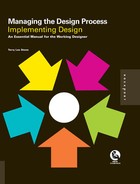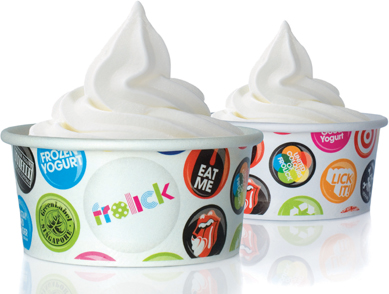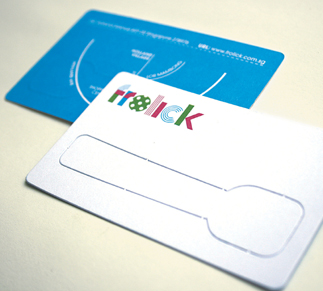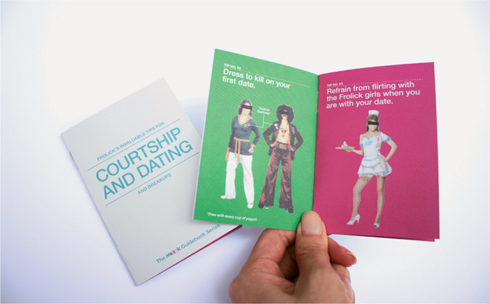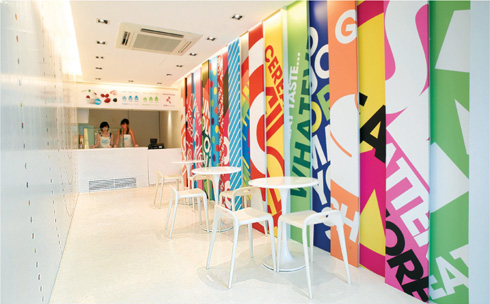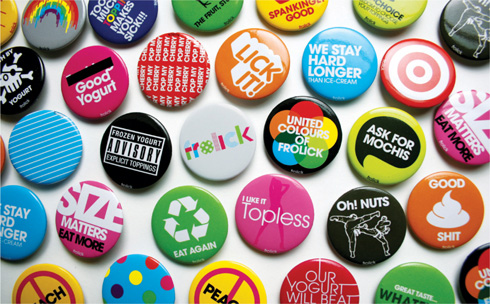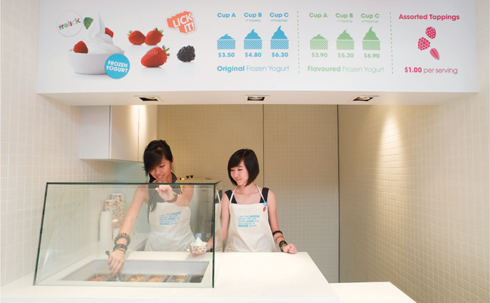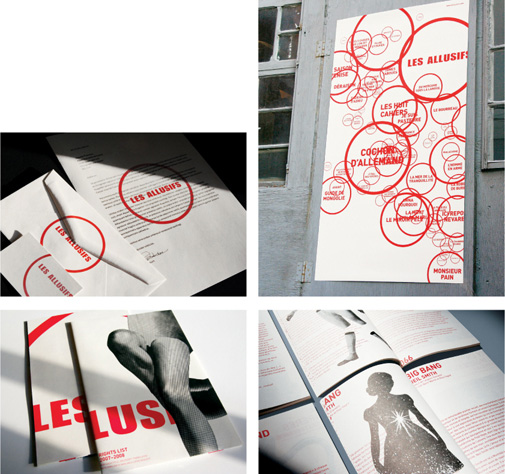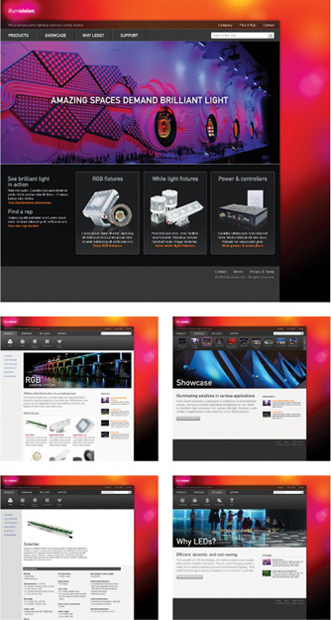Chapter 1
Project Management
What Is Project Management?
A designer can have a great project, for the most amazing client, with a generous budget, and still barely break even. Designers can actually lose money, plus be tearing their hair out in frustration throughout the project because their team is disorganized, or worse, their client is out of control. Their project mismanagement can turn a great opportunity into a nightmare.
Good project management affects
▸ Creativity
▸ Quality
▸ Relationships
▸ Work flow
▸ Timelines
▸ Costs (fees and expenses)
▸ Profitability
In short, project management affects everyone on a design project. Managing a project consistently and well is critical to the project and to the designer’s bottom line. In the short term, it makes projects more pleasurable and profitable. In the long term, good project management means a robust and rewarding design practice. It’s worth the time and effort to understand project management best practices, use tried-and-true tools, and fully implement some sort of project management program. It will pay for itself in financial terms and in client and design team satisfaction.
A Brief History
Project management has its origins in the multitasking, multiperson, highly schedule-driven construction industry. Early project management theory and practice came out of the building and manufacturing industries until the 1950s when corporations such as DuPont and Lockheed lead the way. In 1969, the Project Management Institute (PMI) was formed. By the 1970s, project management tools and techniques were primarily influenced by the nascent software industry. In 1981, PMI published A Guide to the Project Management Body of Knowledge, often referred to as the PMBOK Guide, which is essentially the bible of project management. Many believe we are stepping into a new era, with design and design process influencing professional project management theory.
In moving from bricks and mortar to bits and bytes, project management has landed more squarely in the realm of the designer. But should you run out and buy the PMBOK Guide to better run your design practice? Probably not. PMI espouses lots of procedures and methods that require so much work that the return on time invested would be very little for most designers. Instead, we should look to the project management procedures that graphic and industrial designers already use, sharpen them with some of the professional project management industry’s methods, and develop our own theories and practices for graphic design project management.
The Constraints That Affect Projects
Traditionally, project management deals primarily with managing three constraints: cost, time, and scope. This is often visualized as a triangle, with some people placing quality at the center of the triangle as a unifying theme that informs the three constraints (see charts at upper right). However, because commercial projects must be delivered on time and within an agreed-upon cost and scope of work, as well as meet the client’s and the designer’s quality expectations, some people illustrate the constraint concept as a diamond, with quality as one of the four points (see charts at right). Regardless of the illustration you use, cost, time, scope, and quality are major mitigating factors that influence and impact all work.
RIGHT
Taking this idea a step further, design project management constraints can be diagrammed as a complex triangle that defines in more detail the terms time, cost, and scope.
Constraints

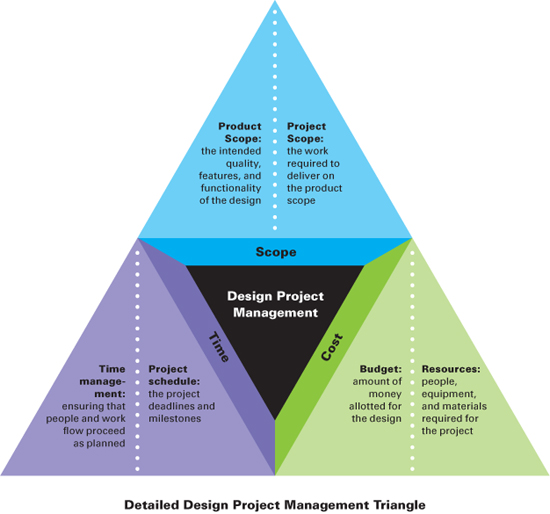
Project Management Constraints
Time management is critical. Good time management means working within specific periods for each task and meeting incremental milestones such as presentations and other deadlines within a project schedule.
Cost management includes the overall budget the client has agreed to for design services and outside costs such as printing. Plus designers must marshal their resources appropriately, ensuring that the right people, equipment, and materials are employed to complete the design.
Scope is a bit more complex conceptually, but designers must be mindful of two aspects: the product scope, or the overall quality of the design they are delivering, which should be summarized in the creative brief (see page 31); and the project scope, or the work, measured in specific tasks per phase, that is required to deliver the expected product scope. Designers must always be aware of these issues to keep the project in balance and moving forward.
Design Means Constraints
Each assignment requires a unique, short-term management structure comprised of the designer, the client, and their respective teams who work together during the project. Although designers can affect constraint parameters, most designers can’t control them, and instead work within the parameters the client has set; time constraints, budgets, and at least some of the people required for the project are frequently dictated by the client. Combine that with communication goals, audience needs, and brand infrastructure, which also all affect design, and that’s a lot to manage.
Overview of Project Management
Estimates are never perfect, and creativity is hard to schedule so that it fits into neat little time units. But in business, time equals money. Designers must deliver their creativity in a timely fashion so that they can move on to the next client opportunity. If they don’t, they may end up working at below minimum wage, or even lose money, in spite of decent client budgets and plenty of projects lined up. Without good management, a designer’s business will fail.
What’s the best way to tackle design project management? This book will break down some best practices in detail. These nitty-gritty details of running a business are boring compared to the exciting intellectual and creative challenges that are at the heart of design work. Unfortunately, creative activities typically comprise less than half the time spent on a design project; usually, most time is spent on technical, communication, management, clerical, and billing issues, all in service to the project. The reality is, these activities can make or break a design project and a design firm.
The process work flowchart on pages 10–11 breaks down the phases of work on a typical design project, including the tasks typically completed in the phase. Each task affects the project’s schedule, costs, and scope. Therefore, each task must be defined, resourced, scheduled, and managed.
Design Project Management Cycle
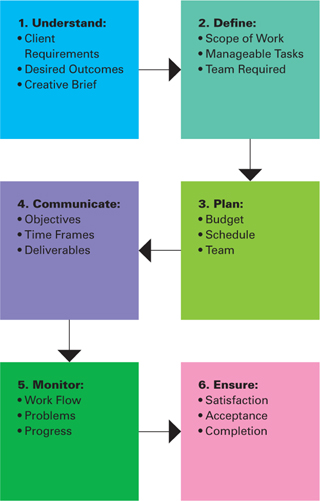
This diagram describes the steps in the design project management process. Whether it is a large or small assignment, someone must manage each aspect from start to finish.
Project Management Enhances Creativity
When designers attend art school, they focus on creativity and using graphic elements in new and interesting ways to communicate specific messages. Some designers acquire organizational skills by managing their school assignments in ways that help them work more efficiently. Others never learn.
Good work habits are essential for delivering a design that meets the client’s expectations. Orchestrating all aspects of a project well creates a calm confidence that allows designers to do their best work.
Well-managed projects help designers to be more creative by enabling them to
• Establish better client relationships
• Ensure less confusion throughout the project
• Identify clear objectives and deliverables
• Provide more useful and strategic information
• Define blocks of time to do the work
• Assist in creating more enjoyable team interaction
• Provide the proper budget to accomplish goals
• Create an outlined and agreed-upon review process
• Articulate milestones
• Make better decisions
• Create a sense of shared and coordinated efforts with the client
• Boost respect by supporting the perception of professionalism
• Help mitigate problems while they are small
All of this results in better design by allowing designers to work under the best circumstances to produce their best ideas. It also creates an atmosphere of professional competence that positions designers as true professionals who clients count on time and time again.
Traits for Success in Project Management
Keep It Simple:
Eric Karjaluoto reveals the realities of project management at smashLAB:
Q. Do you have a project management philosophy?
A. If we do, it’s not something we researched and implemented. Our process has evolved out of necessity. Ultimately, we’re mindful that almost every aspect of our work is better when we employ a systemized procedure. Establishing those methods has been a matter of trial and error, and we’ve consistently honed our approach over the years.
Q. Do you have any tips for success?
A. When we started the company, we wanted to lock down as many elements of our process as possible and be aware of every small step of the project. This turned out to be overly restrictive and time consuming. Suddenly, we were spending our days updating Gantt charts and obsessing over details that were really critical.
While it was useful to break down steps and monitor progress, we found that it’s better to look at some of this as a guide rail: helpful for structure, but not the gospel. Meanwhile, you have to find what works best for your particular organization. Some of our best project management tools are simple task lists and Post-it notes. That wouldn’t work in an organization of 500 people, but at our size, it’s pretty sticky.
